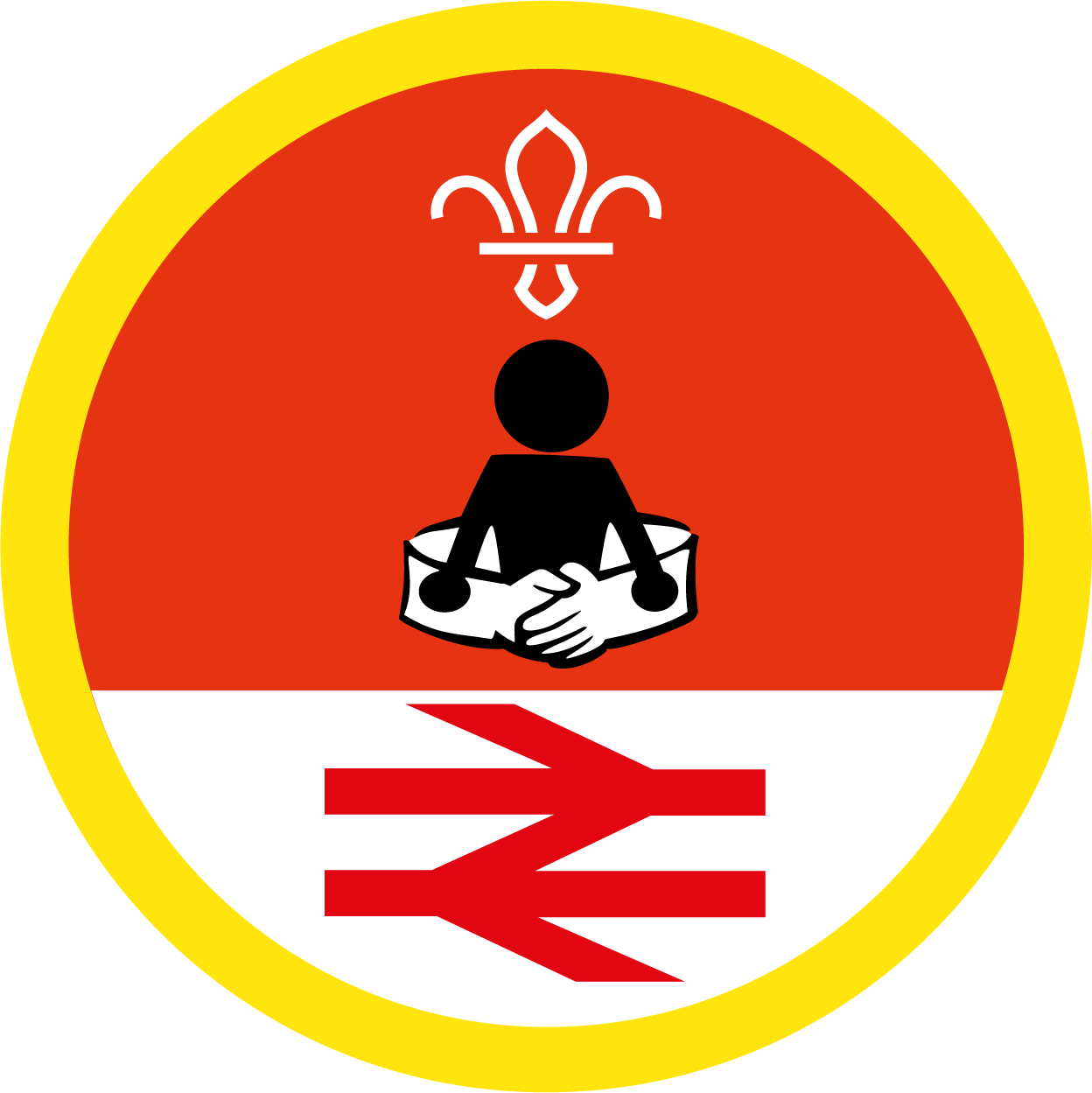Safety scenario sorting
You’ll need
- Scissors
- Two large bowls
Before you begin
- Cut out the personal safety situations and solutions. Each player needs one card (either a situation or a solution), so you may need to duplicate the cards.
- Put all the situations in one bowl and put all the solutions in another bowl.
Talk about safety
- The person leading the activity should help everyone talk about and understand what personal safety means. Players might like to suggest different ways to be safe.
Sort the scenarios
- Each player should pick either a situation or a solution from the bowl.
If you have an odd number of players, some people could play as a pair, or someone could take two solutions.
- People with a situation should try to find the person with a matching solution, and people with a solution should try and find the person with the matching situation.
- Once everyone is in a pair (or a three, if you have an odd number of players), they should take it in turns to tell everyone their situation and solution and explain why they paired up.
- The person leading the game should make it clear that’s important to talk to other people if you feel unsafe or worried, or if you have a problem you’re not sure how to deal with. Talking is a big part of personal safety.
- Each pair should think of and share an example of someone they could talk to if they have a problem. It might be family members, teachers, volunteers, or a charity or helpline such as Childline.
- The person leading the game should tell everyone about Childline. Childline lets anyone aged under 19 talk about anything that’s on their mind or bothering them – whether it feels like a little issue or a big one. It’s free, and you don’t need a specific reason to get in touch. You can call them, chat online, or send an email. Childline is confidential, which means they don’t tell anyone else what you’ve said (sometimes, if they’re worried about your safety, they may need to get you help). Their phone number is 0800 1111, or you can check out childline.org.uk.
Scouts also have ‘Stay safe’ leaflets which can help you learn how to stay safe. You can find the stay safe leaflet here.
Reflection
This activity helped you think about your wellbeing. What does personal safety have to do with being happy? How would the scenarios in this activity make you feel – would you be happy, or satisfied? How might telling someone like a parent or carer or Childline change how you felt? Do you think it’s worthwhile talking to people when you feel unsafe or worried, or if you have a problem you don’t know how to solve?
This activity also helped you be more independent. Part of being independent is learning to make your own decisions. Can you make decisions that keep you safe? Being independent doesn’t mean doing everything by yourself – sometimes it means knowing who to tell, and what to tell them. Who can you trust if you need to talk to someone? What would you say?
Safety
All activities must be safely managed. You must complete a thorough risk assessment and take appropriate steps to reduce risk. Use the safety checklist to help you plan and risk assess your activity. Always get approval for the activity, and have suitable supervision and an InTouch process.
- Scissors
Supervise young people appropriately when they’re using scissors. Store all sharp objects securely, out of the reach of young people.
If anyone has experienced any of the situations used in this activity (or any other upsetting situations, for example ones where they felt unsafe or needed to contact Childline), you may need to adapt this activity. Speak to young people (and their parents and carers) first to check that they’re OK to take part. You may need to remove some situations, or offer extra reassurance or information.
All Scout activities should be inclusive and accessible.
You could link this to the Community Impact Staged Activity Badge by inviting someone from a charity like Childline or Mind to come and talk about their charity.
